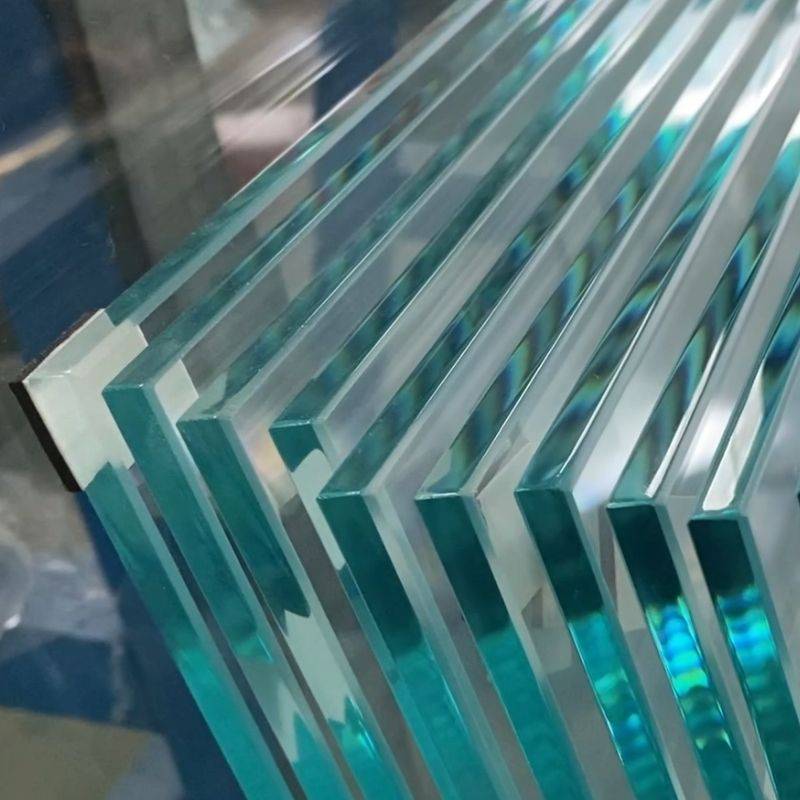

The Allure of Bronze Low-E Glass A Modern Architectural Marvel
In the world of contemporary architecture and design, the choice of materials can significantly influence a building's aesthetic appeal, energy efficiency, and overall functionality. Among the myriad of glazing options available, bronze low-emissivity (Low-E) glass has emerged as a popular choice for architects and interior designers alike. This innovative material not only enhances the visual appeal of buildings but also contributes to their sustainability and energy performance.
Understanding Low-E Glass
Low-E glass refers to glazing that has been treated with a microscopically thin coating that reflects infrared light while allowing visible light to pass through. This property is particularly valuable as it helps to control the temperature inside a building. In addition to reducing heat transfer, Low-E glass also provides protection against harmful ultraviolet (UV) rays, which can cause fading in furniture and artwork. The coating can be applied to both single and double-glazed glass units, making it versatile for various applications.
The Elegance of Bronze Tint
Bronze Low-E glass combines the energy-efficient benefits of Low-E technology with a rich, warm tone that adds depth and sophistication to any architectural project. The bronze tint offers a striking visual contrast against many architectural styles, making it a popular choice for both modern and traditional structures. It allows natural light to filter in while reducing glare, creating a comfortable and inviting indoor environment.
In commercial applications, bronze Low-E glass is often used in office buildings, retail spaces, and hotels, complementing sleek designs while maintaining energy efficiency. The addition of bronze tint not only enhances the building's exterior but also provides a premium look that can elevate the brand image of businesses.
Energy Efficiency and Sustainability

One of the most significant advantages of bronze Low-E glass lies in its energy efficiency. By minimizing heat transfer, it reduces the reliance on heating and cooling systems, which can lead to substantial energy savings over time. This attribute is especially crucial in regions with extreme climates, where maintaining a stable indoor temperature can be a challenge.
Furthermore, the use of Low-E glass contributes to sustainable building practices. Many building codes and certifications, such as LEED (Leadership in Energy and Environmental Design), recognize the importance of energy-efficient materials. By incorporating bronze Low-E glass into their designs, architects and builders can help reduce a building's carbon footprint and promote environmentally friendly practices.
Versatility in Design
The versatility of bronze Low-E glass allows it to be used in a wide variety of architectural applications. It can be found in curtain walls, storefronts, windows, and even glass railings. Its ability to complement different styles and designs makes it an attractive option for a diverse range of projects.
Moreover, bronze Low-E glass can be customized to meet specific performance criteria. Manufacturers can adjust the thickness, tint, and coating properties, allowing for tailored solutions that meet the unique needs of each project. Whether it’s a sleek skyscraper or a cozy residential home, bronze Low-E glass can play a pivotal role in achieving the desired look and performance.
A Bright Future
As the architectural landscape continues to evolve, the demand for innovative materials that blend aesthetics with functionality will only grow. Bronze Low-E glass stands at the forefront of this movement, providing architects and builders with a powerful tool to enhance their designs while promoting sustainability.
The combination of energy efficiency, aesthetic appeal, and versatility makes bronze Low-E glass a material of choice for modern constructions. Its ability to create visually stunning and environmentally friendly spaces resonates with the growing emphasis on green building practices. In conclusion, as architects and designers continue to push the boundaries of creativity, the role of bronze Low-E glass will undoubtedly remain significant in shaping the future of architecture.